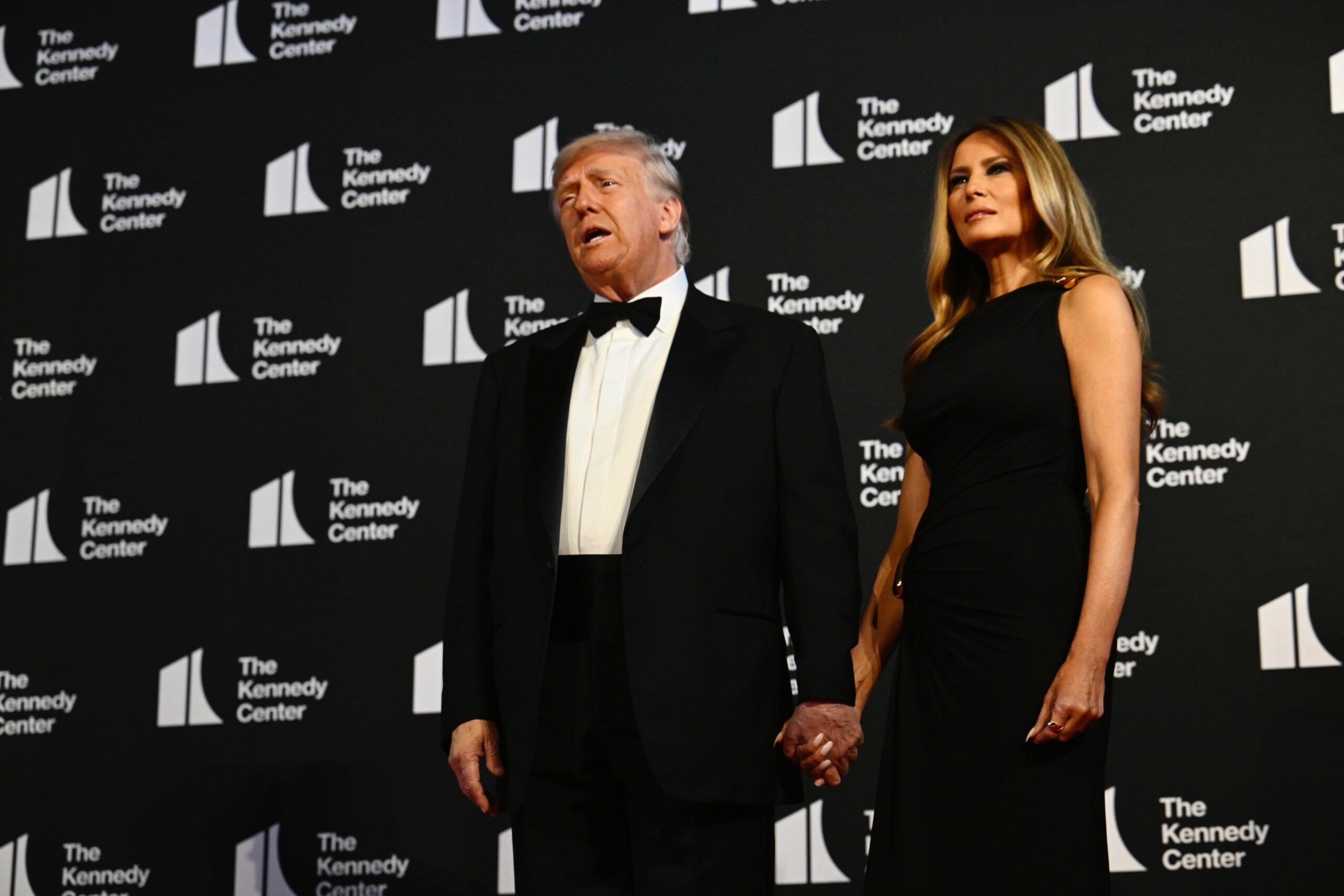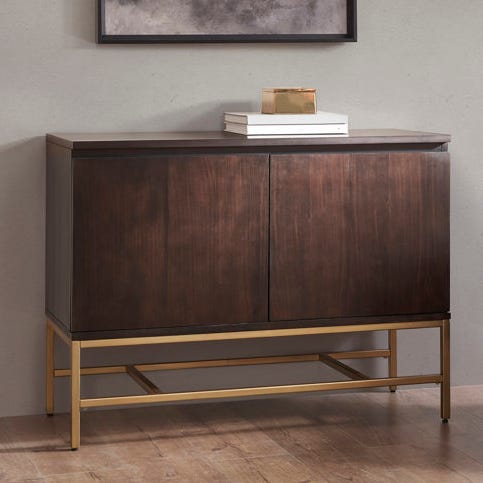Is a Kennedy Center by any other name as sweet? We’re about to find out. Washington’s central performance space opened with the world premiere of Leonard Bernstein’s Mass in September, 1971, as commissioned by the first chairman, former First Lady Jacqueline Kennedy Onassis. It was a glittering affair attended by most of the Kennedy family, President and Mrs. Nixon, Mrs. Eisenhower (though Mrs. Onassis was not present). The range of audience members wasn’t an accident: Since its founding, the Kennedy Center has been a place where people—and presidents in particular—cross the aisle to get to their box seats. But that’s changed. President Donald Trump has openly criticized the content of current and past productions, and soon after he re-entered office, the center’s President, Deborah Rutter, and Chairman, David Rubenstein, were both pushed out along with a handful of other board members.
An even more dramatic change came this week, as the Republican-led congress announced that they would be pushing to rename the performing arts space, “The Melania Trump Opera House,” reversing a decision that was made in 1964 following President Kennedy’s assassination. Below find our full history of America’s pre-eminent center for performing arts.
Early Planning (1933 — 1961)
In 1933—during the dregs of the Great Depression—Eleanor Roosevelt first proposed building what was later called the ‘National Cultural Center’ to employ out of work actors. By 1938, congress passed a resolution to do so, with a proposed location on Capitol Hill near Judiciary Square, but nothing came of it. In 1950, Representative Arthur George Klein brought the issue back to congress as part of the National Cultural Center Act, and President Eisenhower signed the measure into law. Though there was hope that the National Mall would be the location, Foggy Bottom was eventually chosen because of the amount of space available, a controversial decision at the time because the location was far less central than the original.
Architect Edward Durrell Stone, who had previously worked on the Museum of Modern Art in New York, was brought on to design the building. The original plan was a clamshell shape that would extend over the Potomac River, but that was rejected for cost reasons. Ultimately, he presented a budget of $50 million—double the initial $25-$30 million estimate—with his grand, minimal, rectangular theatre. The plan for three stages inside remained: an opera house, a theater (later called the Eisenhower Theater), and a concert hall, along with a movie theater. Though costs had risen, public and press opinion remained positive, even as the price soared to $61 million.
During the Eisenhower administration, the president himself took on the task of raising the funds, but only managed just over $13 million. The project would take off, though, when John F. Kennedy was sworn in as president in 1961.
Further Fundraising, Construction, and Opening (1961 — 1971)
John F. Kennedy took up the project and worked to complete the funding process, launching a $30 million dollar campaign with events that included “An American Pageant of the Arts” in November 1962, where the President spoke about the importance of the arts. 5,000 people attended the $100 per plate dinner; performers included Robert Frost and a young Yo Yo Ma. Jacqueline Kennedy and Mamie Eisenhower were made co-chairs of the campaign, and later, first ladies were traditionally made honorary trustees.
Some of the funding eventually came from congress, while the rest came from wealthy individuals including J.W. Marriott and Marjorie Merriweather Post, and President Kennedy’s funding campaign. Then, in 1963, John F. Kennedy was assassinated. Two months later, President Johnson passed a measure announcing that the center would be renamed after the president. It was then to be titled: the John F. Kennedy Memorial Center for the Performing Arts.
In 1964, President Johnson also led the groundbreaking as construction officially started. The steel came from Bethlehem Steel in Pennsylvania, but the Carrara marble, the bright white outside of the building, came from Italy.
Inside, spectacular golden chandeliers dot the space, including seven Hadeland crystal ones, gifts from Norway. Austria donated another lighting masterpiece, reminiscent of starbursts, by Lobmeyr, which now hangs in the Opera house. (A later chandelier by Dale Chihuly was added in 2017 when the Terrace Theater reopened.) Audiologist Cyril M. Harris designed the acoustics specifically to drown out the sounds of car traffic. Finally, sculptor Robert Berks created a bust of President Kennedy for inside the hall.
As the theatre was close to completion, co-chair Jacqueline Kennedy asked that Leonard Bernstein compose a piece specifically for the premiere evening, and the theatre opened to much fanfare on September 8, 1971.
Washington D.C.’s Landmark Theatre, and 2019 Expansion (1971 — 2025)
Annually, the complex has hosted dozens of plays, operas, holiday events, and, most famously, the Kennedy Center Honors. The events held are frequent excuses for members across the political spectrum to come together. Notably, Supreme Court Justices Antonin Scalia and Ruth Bader Ginsburg would attend operas together at the Kennedy Center. Performers come from every level of the industry and every country around the world to display their talents.
Beginning in 1978, the Center began to annually distribute awards to great American artists and performers, as well as occasional musicals and plays, during what became known as the Kennedy Center Honors. Leonard Bernstein, who’d given the inaugural performance in 1971, served as the first host. The Honors have been a grand tradition, featuring performances and speeches at the complex, as well as a medal ceremony at the White House. Until President Trump’s first term, every president had generally participated in the ceremony (though Presidents Carter, George H.W. Bush, and Clinton each missed one year during times of crisis or travel). In his first term as president, Trump put an end to that tradition.
In 2019, Steven Holl Architects built The Reach, an expansion of the Kennedy Center, which added new gardens, meeting and performances spaces, aiming to return to some of the goals of Stone’s original plans. To follow the curves of the landscape, Holl worked to used amorphous curvilinear shapes for the new spaces. All in all, the construction doubled the available space for visitors.
The Second Trump Administration (2025 — Present)
After spending his first term as president avoiding the Kennedy Center honors, President Trump is now pushing for massive changes in the theater. During a March roundtable, he announced himself as the new chairman of the space, after firing most of the previous leadership. He also attended a performance of Les Miserables with First Lady Melania Trump in June 2025. A month later, the Republican-led congress announced that they intended to rename the building in the first lady’s honor.
What comes next for the Kennedy center? Only time will tell, but the theater has already been transformed. Perhaps a new name is only appropriate.
Dorothy Scarborough (she/her) is the assistant to the Editor in Chief of Town & Country and Elle Decor.










